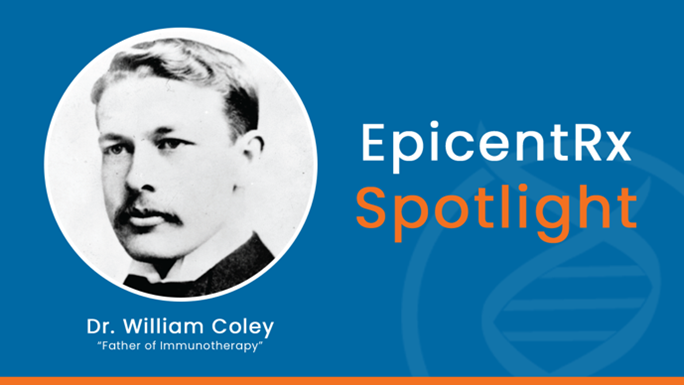
The esteemed science fiction author, Ray Bradbury, who died in 2012, claimed, perhaps erroneously, as it turns out, in his famous post-apocalyptic novel, Fahrenheit 451, that 451 degrees is the temperature at which book paper catches fire and burns. In the dystopian future that Bradbury so memorably and lyrically describes books are forbidden and burned when discovered. Bradbury reportedly drew inspiration from the Nazis who burned books that were deemed to be “un-German” or anti-Aryan in what Time and Newsweek described as a “bibliocaust” or “holocaust of books”.
But, much more relevant to EpicentRx and to readers of this blog space, what is the temperature at which tumors burn?
No one knows of course, and probably it wouldn’t be safe for patients if they did burn, but, that said, fever-range hyperthermia around 104°F has the potential to improve the therapeutic index of lead EpicentRx therapy, AdAPT-001, an oncolytic adenovirus that expresses a transforming growth factor-beta (TGF-β) trap. The purpose of the TGF-β trap is to neutralize the ubiquitously overexpressed immunosuppressive and profibrotic cytokine, TGF-β, in tumors.
This observation about fever and hyperthermia is based on previous data with the first-ever oncolytic adenovirus to enter clinical trials, ONYX-015, which showed that fever increased the toxicity to tumor cells. As one of the main clinical investigators on these groundbreaking ONYX-015 clinical trials, EpicentRx CEO, Dr. Tony Reid, strongly discourages against fever suppression during or after treatment with AdAPT-001.
Indeed, from ongoing clinical studies, patients that develop fever seem to respond better to AdAPT-001 +/- checkpoint inhibitor and possibly they live longer as a result. This makes intrinsic sense since fever, a highly conserved evolutionary mechanism, is known to boost the immune response against many diseases including cancer.
Over 130 years ago at the turn of the 20th century, the pioneering bone sarcoma surgeon, and unsung hero of medicine, Dr. William Bradley Coley (1862-1936), pictured below, purposefully injected his patients with live streptococcal bacteria, which became known as “Coley’s toxins”, to immunize against cancer. Debunked at the time and neglected for decades, Coley’s toxins laid the foundation for cancer immunotherapy long before it was an accepted practice.

What Dr. Coley, who is now deservedly regarded as the Father of Immunotherapy and who we have previously blogged about here, perhaps did not appreciate fully at the time, and what his dedicated daughter, Helen Coley Nauts, later discovered from an exhaustive analysis of her father’s records, notes, and results, is that those patients with the best anticancer responses developed the highest and most prolonged fevers.
In Fahrenheit 451, the protagonist, Guy Montag, a fireman whose book-burning occupation requires that he start rather than stop fires, pronounces at the outset of the novel, “It was a pleasure to burn.”
Insofar as this quote applies to the treatment of tumors, Dr. William B. Coley and his daughter, Helen Coley Nauts, would most certainly agree.
